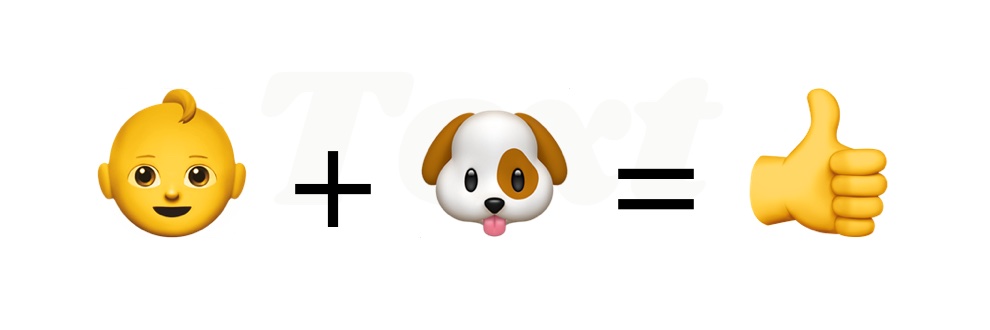
Motivational speaking, puppies, and babies: These are hot topics for the most popular Facebook videos so far in 2018, according to a NewsWhip analysis. Despite recent changes to Facebook’s algorithm that would supposedly decrease the visibility of clickbait-y and viral video, the second most popular native Facebook video this year is called “Babies and puppies,” from publisher Daily Picks and Flicks. The tenth most popular, from NTD Funniest, is “Dogs and cats always make us laugh! 🤣😂😽”
I admit to watching these videos after linking to them here.
Perhaps surprisingly, “seven of the ten most engaged Facebook video posts in 2018 so far [came] in at three minutes or longer, and the average across the ten [was] three minutes eleven seconds.” Motivational speaker Jay Shetty pops up multiple times in the most popular/most commented/most engaged list, and “the most frequently appearing names were the viral publishers such as NTD Funniest or UNILAD.” Meanwhile, “only a couple [videos] came from what you might call traditional mainstream publishers, with ABC News and Fox News both featuring once in the 100 most engaged Facebook videos.” The closest thing I saw to any news video in any of NewsWhip’s charts was a video from millennial-aimed business video site Cheddar on “how to never fold your clothes again,” featuring a gadget called the FoldiMate.

NewsWhip’s findings may make you doubt, again, again, if Facebook has really changed all that much. Meanwhile, The Weather Channel has stopped publishing videos to Facebook completely. One choice quote from exec Neil Katz: “We went along for the ride every single step of the way. But we noticed, over the course of two years, that we were being paid in all types of currencies — followers, shares, views — that did not feel like money.”